Pet Rock
New product inventions hit the consumer market all the time. Some are brilliant. Some are a bust. And some hang around long after the product has outlived its usefulness, after which it’s relegated to gathering dust in the basement until your next yard sale.
But there are some products that, even after they’re no longer marketable, have the glow of nostalgia about them. You remember how old you were when you treasured them, what exactly you did with them, and how they made you feel, well, a little bit special.
Here are five faves from ‘back in the day’ that are lodged in our memories as things that were cool, kooky, and off-center – and maybe a little bit genius.
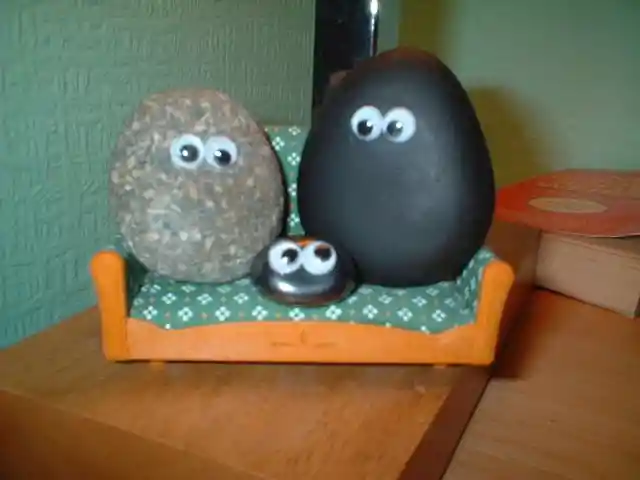
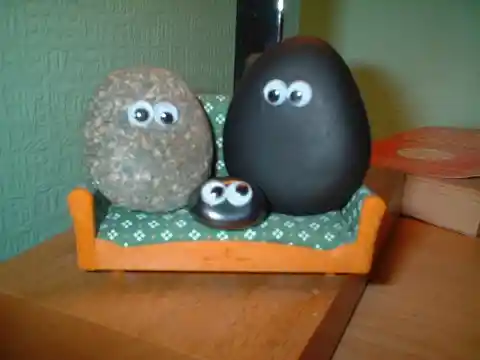
The Pet Rock. It was undeniably simple and unbelievably desired. In the 1970s, Gary Dahl, a former copy editor, developed the rock as a pet concept, well aware that he wasn’t just selling a rock – he was selling an idea and a feeling.
The rock was nestled inside a cardboard box that included air holes so that the rock could “breathe,” and bedding of soft shredded paper. The outside of the box was imprinted with the words: One genuine pedigreed pet rock.
The rock package also included a 40-page instruction manual detailing “The Care and Training of Your Pet Rock.” The manual content included the following explanation:
“Your Pet Rock will be a devoted friend and companion for many years to come. Rocks enjoy a rather long life span so the two of you will never have to part – at least not on your Pet Rock’s account. Once you have transcended the awkward training stage your rock will mature into a faithful, obedient, loving pet with but one purpose in life – to be at your side when you want it to and to go lie down when you don’t.”
As a novelty toy, the Pet Rock had very little overhead, and by the end of 1975 Dahl had moved more than one million units of the toy priced at $3.95 each. As expected, there were cheaper knock-offs, fun accessories, and less clever versions of the toy, but none inspired the same level of mania as did the Pet Rock.
Audio Cassettes
The audio cassette tape, invented in 1962, was created for use in dictation machines, specifically to record speeches. Over time, however, the quality of the recording improved, and cassettes began to be viewed as something more than just a convenient technology suited only to work and the office.
Music aficionados discovered that audio cassette tapes could be used to make home recordings and for trading music. The cassettes’ small size allowed for easy storage and transporting from place to place, allowing freedom in music choice that hadn’t previously been available. In addition, it was discovered that audio cassettes could be used to store data for microcomputers, which helped to change the rate, exchange, and permanency of information in technology formats.
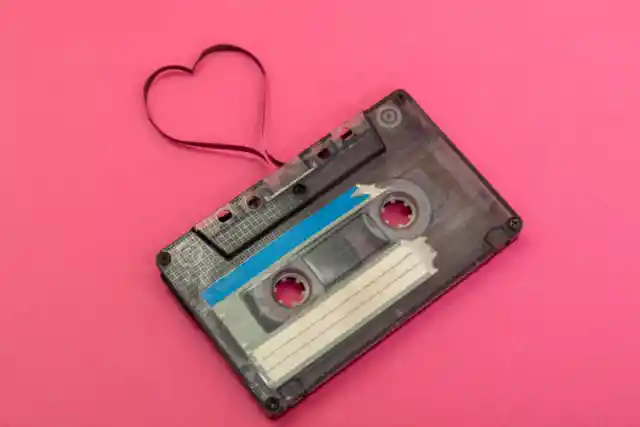
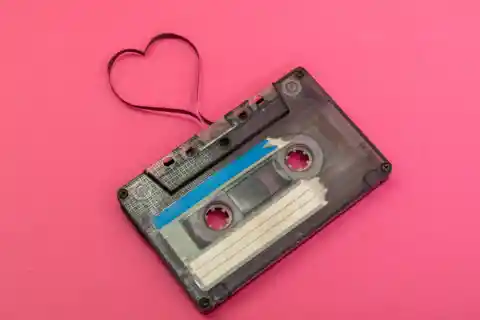
Video Home System (VHS)
Individual entertainment came home to roost with the introduction of the JVC Video Home System (VHS) in the 1970s. Before the arrival of VHS, you could only catch a movie at the local theater, or get your hands on a copy of a movie on a 16mm dupe, (not something readily available in those days).
VHS opened the door to recording and viewing movies in the comfort of your own home. No need to head down to the neighborhood movie theater, purchase a ticket, and take a grubby seat where your feet would stick to the smear of melted Ju Ju Bees on the theater floor. The arrival of VHS played a role in creating the on-demand viewing and streaming habits that consumers enjoy today. This much-beloved viewing format remained popular into the 2000s but was eventually replaced by DVDs that offered significantly higher picture definition as well as a smaller size that allowed for easier storage.

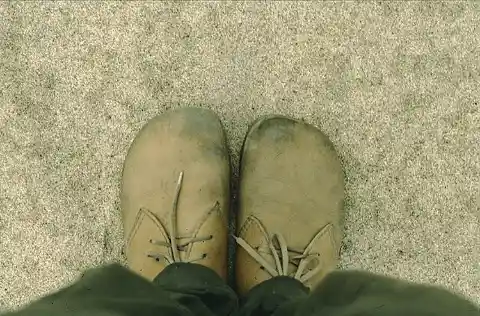
Earth Shoes
You might have seen one of these items and wondered, “What on earth?”
The Earth Shoe was introduced in the United States in New York City on April 1, 1970, to coincide with the first-ever Earth Day, which was to be celebrated three weeks later. Promoting innovative “negative heel technology,” Earth Shoes claimed to have health benefits that could change the lives of the wearer. Little attention was given to the fact that they were undeniably bulky, unattractive, and as far from stylish as you could imagine.
The shoes were invented by Denmark native Anne Kalso, a yoga enthusiast who eventually made her way to Santos, Brazil. In 1957, she noticed that indigenous Brazilians seemed to display a kind of stellar posture, which appeared even more noticeable when they walked barefoot on beach sand. The foot impressions seemed deeper in the heels than in the toes, indicating a natural body position that could supposedly help with both posture and breathing. Kaslo put her observations to work in the creation of the Earth Shoe, which was popular for a time but was never very pretty. Really, the sole thing it had going for it was that it was a novelty.
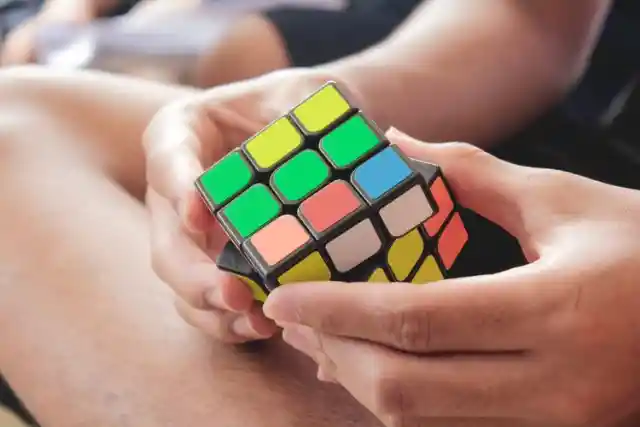
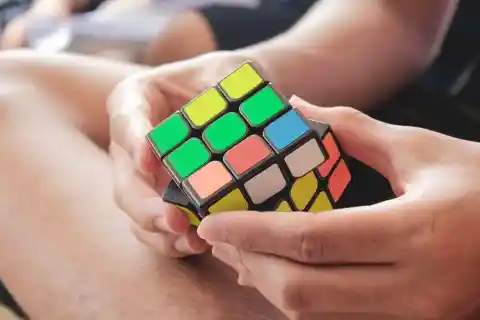
Rubik’s Cube
Who hasn’t tried their hand at a Rubik’s Cube at one time or another? You didn’t have to be square to be fascinated by this simply confounding toy.
Originally a 3D model meant to explain the complexities of geometry, the Rubik’s Cube premiered at the Nuremberg Toy Show and became an instant hit, although many of those who were enthralled by it found the toy confusing, confounding, and complex.
Before long, working a Rubik’s Cube became the stuff of legends, the center of competitions between friends and neighbors, schoolmates, and office workers. Solving the Rubik’s Cube is still regarded as an engaging way to stimulate your brain – all while having fun that can make the time fly. Suffice it to say that not every toy can claim the same.